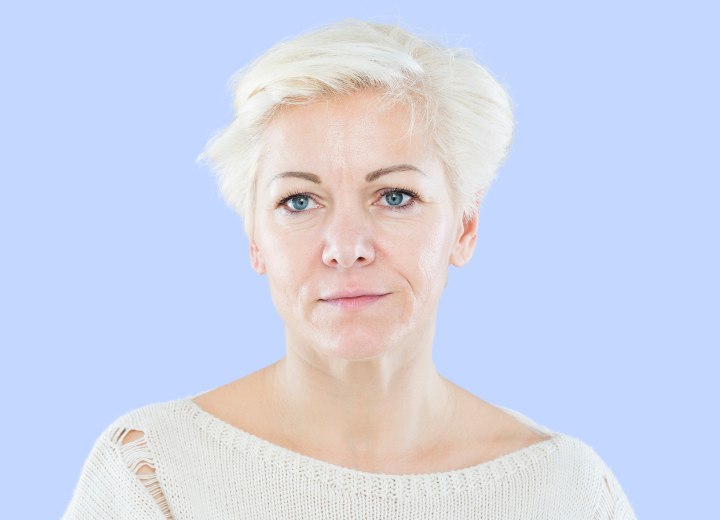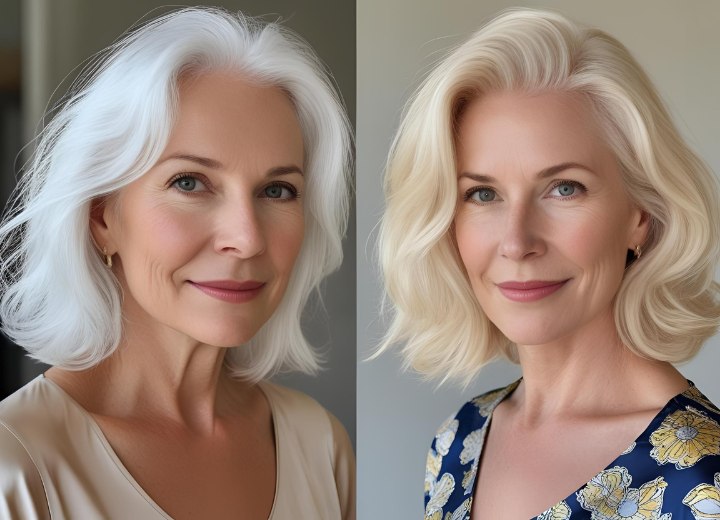Loss of Pigmentation

A: Your stylist's assessment isn't entirely accurate, and you absolutely can return to being blonde even with completely depigmented white hair. When hair loses its natural pigment through the graying process, it essentially becomes a blank canvas that can actually be easier to color in some ways, though it does present unique challenges that require specific techniques and expertise.
However, creating a natural-looking blonde result on completely white hair requires more skill and planning than a simple single-process color. Your hair will likely need a multi-dimensional approach to avoid the flat, monotone appearance that can occur when coloring unpigmented hair. This might involve a base color application followed by strategic lowlighting or highlighting techniques to create depth and movement. Some colorists prefer to use a combination of different blonde tones applied in thin sections throughout the hair to mimic the natural variation that occurs in virgin blonde hair.
The science behind hair pigmentation loss also affects how your hair will accept color. As hair loses its natural melanin, the cuticle layer often becomes more compact and resistant to chemical processes. This means your hair might initially resist taking color evenly, which is why many colorists recommend using a pre-softening treatment before the actual coloring process. These treatments gently open the hair cuticle, allowing the color molecules to penetrate more effectively and ensuring even coverage.

My strongest recommendation is to seek out a colorist who specializes in working with mature hair and has extensive experience with gray coverage and color correction. Not all stylists are equally skilled in these techniques, and the wrong approach could leave you with disappointing results.
Don't let one stylist's limitations discourage you from achieving the look you want. With the right expertise and approach, your platinum white hair can become a beautiful foundation for the blonde color you desire.
©Hairfinder.com
See also:
Hair colors and coloring
Why does gray or white hair turn brown when wet?
What is the biological reason for loss of pigmentation in hair as you age?